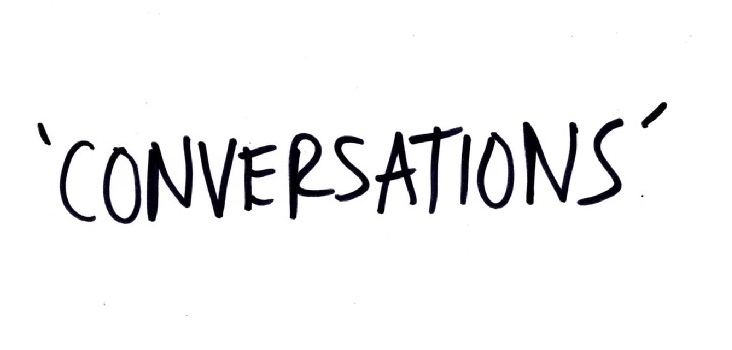In her book, Conversational Intelligence: How great leaders build trust and get extraordinary results, Judith Glaser notes that 90% of all conversations miss the mark. That is to say, the giver’s  intended information didn’t register with the receiver. One reason for this, according to Glaser, is because in many ways the tone or intonation used by the sender or speaker in the conversation, combined with their body language, creates a hijacking of the primitive part of our brain, the amygdala (also referred to as the reptilian) brain.
intended information didn’t register with the receiver. One reason for this, according to Glaser, is because in many ways the tone or intonation used by the sender or speaker in the conversation, combined with their body language, creates a hijacking of the primitive part of our brain, the amygdala (also referred to as the reptilian) brain.
Glaser’s work is fascinating to me because it ties so closely with the work of Goleman and Boyatzis that I have written about so often in this blog. Their work on Emotional Intelligence has used brain imaging technology to learn so much about how our emotions trigger specific parts of the brain. Glaser has done the same with language and words, going as far as to call her theory Conversational Intelligence. The use of words, according to Glaser, “is what we use to build trust, to bond, to grow and build partnerships with each other to create and transform our societies”.
In my previous post, The Words We Use have Power, I broached the topic of the use of words as an inner voice that has an impact on our own sense of self, but we also have an outer voice that has the power to change and impact others in both subtle and significant ways. We can either build others up or tear them down. Marshall Goldsmith speaks to this in his list of “the twenty habits that hold you back from the top”, in his bestselling book What Got You Here Won’t Get You There. Specifically, he refers to the habit of starting our side of a conversation with the negative qualifiers “No”, “But” or “However”, the overuse of which secretly says to everyone, “I’m right. You’re wrong”.
“Good Morning!” said Bilbo, and he meant it. The sun was shining, and the grass was very green. But Gandalf looked at him from under long bushy eyebrows that stuck out further than the brim of his shady hat. “What do you mean?” he said. “Do you wish me a good morning, or mean that it is a good morning whether I want it or not; or that you feel good this morning; or that it is a morning to be good on?” “All of them at once,” said Bilbo
In my work on interpersonal communications I focus on the behaviour of communications. First, to be self-aware of our own communications style and second, learn to be aware of and to identify others’ communications style, or the communications styles that others prefer to use. In the context of this conversation, the words we use are the “content” of the style. Words are the tools we use to demonstrate our “style”. Knowing what words actually mean, or more importantly, what they convey to the receiver is critical. That is where the power of the words we use come into play. It is also where we show leadership. Because it is in leadership that we demonstrate what we do, what we stand for. The words we use influence and create the capacity for change.
John Whitehead, coaches’ individuals and organizations in becoming more effective by helping them improve their interpersonal communications, emotional intelligence and resiliency.
*******Are you wondering if having a Leadership/Personal Development Coach is right for you? Contact John for a complimentary, exploratory coaching session at [email protected]********
If you would like to get notifications for when I post, please go to my blog site and register. I promise I will not spam or use your email address for anything else. You can visit and register for my blog at https://johnkwhitehead.ca/blog-2/
